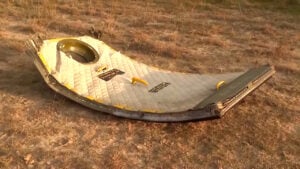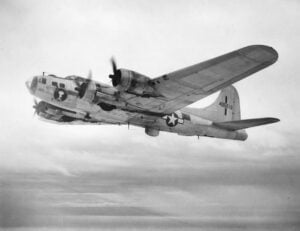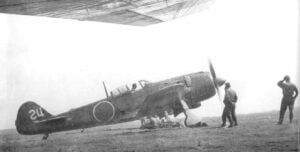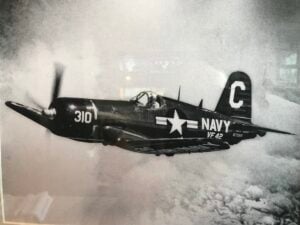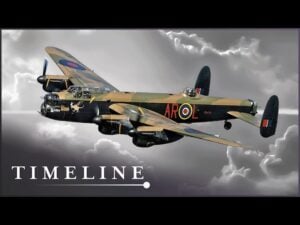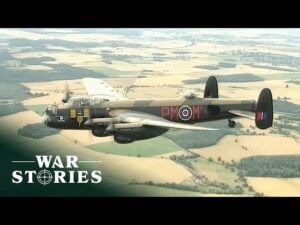Top 10 Most Influential Battles of World War II
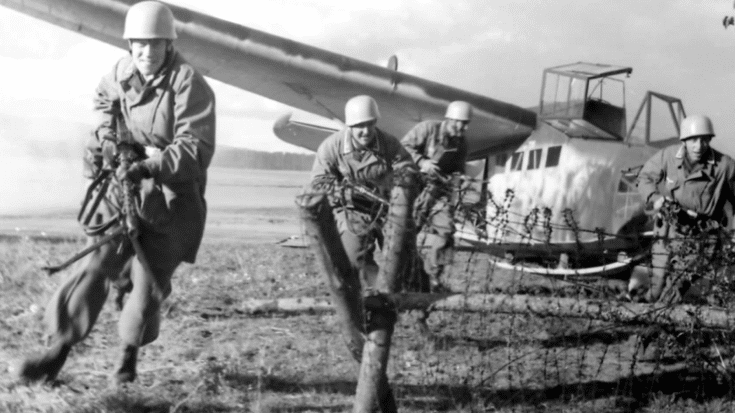
60 Second History / YouTube
World War II, a global conflict that lasted from 1939 to 1945, brought nations to their knees and saw battles waged on land, in the air, and across the seas. The battles fought during these years shaped the course of history in ways that still resonate today. This list presents ten such battles, each leaving a unique imprint on the war’s outcome.
The Battle of the Atlantic
From the war’s commencement in 1939 to its conclusion in 1945, the struggle for control over the Atlantic was crucial. This ongoing contest, reaching its height between 1940 and the end of 1943, saw German forces employ their fleet to disrupt and destroy the British supply chain across the ocean. For Britain, maintaining these maritime lifelines was essential to sustain its people and resources needed for the conflict in Europe.
The Allies ultimately prevailed, yet at great cost. They lost thousands of merchant ships, warships, and supply vessels, and about 70,000 sailors sacrificed their lives. The German forces faced devastating losses too, with a significant portion of their submarine fleet sunk and many sailors perishing at sea. The neutralizing of the German submarines (U-boats) played a decisive role in the Allied success.
The Battle of Fort Eben-Emael
In May 1940, the capture of the Belgian fortress of Eben Emael signaled a new era of warfare using paratroopers. German airborne troops secured the fort remarkably quickly, which allowed them to secure several strategic points and significantly disrupted the opposition’s defensive efforts. This swift and efficient conquest educated other nations on the potential of airborne operations, leading to widespread adoption of similar military tactics.
The Battle of Dunkirk
The escape from Dunkirk in 1940 was marked by ad-hoc planning, bravery, and an opponent’s missed chance to strike a crushing blow. A mix of the Royal Navy and civilian vessels ferried 338,226 troops from the clutches of imminent defeat, allowing them to regroup on British soil. Had Germany applied its full strength to quell the evacuation, Britain’s military capacity could have suffered irreparable damage.
The Battle of Taranto
On the night of November 11, 1940, the air raid on Italy’s Taranto harbor by British forces shifted the balance of naval power in the Mediterranean. Using specially adapted torpedoes, they managed to incapacitate a significant part of the Italian fleet. This raid also served as a learning experience for other military powers. Japanese officials took note of the tactics employed, which later influenced their own strategies.
Operation Claymore
The foray into Norway’s Lofoten Islands, known as Operation Claymore, is notable for its strategic foresight rather than its immediate impact. In March 1941, 600 British soldiers alongside engineers and Norwegian sailors completed a successful raid, capturing prisoners and destroying enemy resources. It was this kind of daring action that founded the legacy of the British Commandos and paved the way for future specialized military units.
The Battle of Midway
June 1942 marked the Battle of Midway, where American forces turned the tide of the Pacific Theater. The American fleet, notably their aircraft carriers, launched a surprise offensive against Japanese forces. The outcome was devastating for the Japanese, who lost four aircraft carriers, tipping the balance in favor of the United States. American cryptographers played a vital role in this battle by intercepting and deciphering Japanese plans, contributing to the success of the operation.
The Guadalcanal Campaign
In August 1942, the confrontation on Guadalcanal commenced as the first significant Allied ground offense in the Pacific realm. Ultimately successful, this campaign claimed many lives and military assets but marked the turning point where the Allies shifted from defensive engagements to taking the offensive, heralding the gradual decline of Japanese control in the region.
The Battle of Stalingrad
The Battle of Stalingrad, fought from August 1942 to February 1943, stands as a major turning point in the European theater. The German Sixth Army faced dogged Soviet resistance and was forced into capitulation after enduring brutal winter conditions and severe shortages. The fall of Germany’s forces at Stalingrad was a heavy blow that signaled a significant shift in the war, as the initiative began to pass to the Soviets.
The Battle of Kursk
The massive, armored engagement near Kursk in mid-1943 marked Germany’s final major offensive in the East. German and Soviet forces clashed in unprecedented numbers. However, German operations were soon halted as the Allies landed in Sicily, diverting attention and resources. The resulting colossal losses in men and material for Germany after the failed offensive left the Soviets with an insurmountable advantage.
Operation Husky
The invasion of Sicily, known as Operation Husky, began in July 1943 and set the stage for Allied success in the Mediterranean. The preceding deception plan, Operation Mincemeat, had misled German forces, resulting in a weaker defense in Sicily. The operation’s outcome forced German forces to withdraw and facilitated Italy’s shift away from the Axis powers, paving the way for the Allied approach towards mainland Europe and drawing closer to the end of the conflict in Europe.























